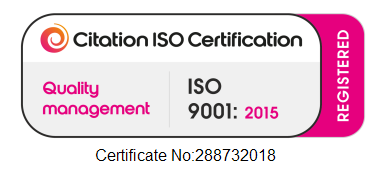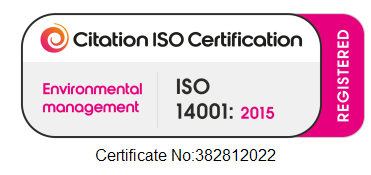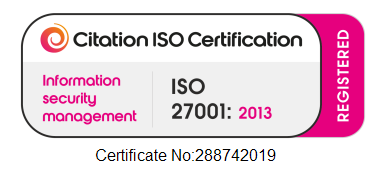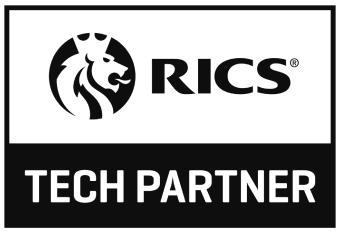
VU Perspectives: Birmingham’s Masterplans Part 1
Embark on a journey through Birmingham's urban blueprints in "VU Perspectives: Birmingham's Masterplans." In this two-part blog series, we dissect the city's visionary development strategies that shape its ever-evolving landscape.
From the foundational Birmingham Development Plan (BDP) outlining growth till 2031 to the forward-reaching draft framework charting the course till 2040, we unravel the city's dynamic transformation. Join us in Part 1 as we delve into the core plans and localised masterplans, illuminating the path to a vibrant and interconnected future for Birmingham.
Where to begin?
The Birmingham Development Plan (BDP), the city’s adopted masterplan, provides a strategic framework for ongoing and future development, from 2011 to 2031.
But no city is ever complete. It must keep transforming and adapting to meet its population's changing and growing needs. Consequently, a draft framework exists that sets out plans for the city up to 2040.
In addition to the Central Birmingham Framework 2040 and the current Birmingham city plan, there are locally focused masterplans that focus on specific areas of Birmingham. One such masterplan is the Perry Barr regeneration.
This first part of our look at Birmingham’s vision for the future focuses on these three masterplans.
1. Birmingham Development Plan 2031
The Birmingham Development Plan (BDP), sets out a strategy and spatial vision for the city. Birmingham City Council adopted this masterplan in 2017, transforming it into a statutory planning framework. It supersedes the 2011 Big City Plan.
The stated vision of the BDP is this:
"By 2031 Birmingham will be renowned as an enterprising, innovative and green City that has delivered sustainable growth meeting the needs of its population and strengthening its global competitiveness."
The masterplan’s main objectives are to:
- Develop diverse, inclusive and sustainable neighbourhoods that each have a distinctive character
- Provide for a growing population
- Create a prosperous economy for everyone in Birmingham to reduce social inequalities
- Provide high-quality transport connections and a pedestrian-friendly Birmingham
- Create a more sustainable city with a reduced carbon footprint
- Extend educational facilities
- Expand recreation, sport and leisure facilities
- Promote historic preservation in Birmingham
- Conserve the natural environment and have more public green spaces
- Ensure there’s an infrastructure to support future growth and prosperity.
From an architectural perspective, the BDP emphasises the crucial importance of sustainable development and creating a resilient built environment that’s fit for the future. The masterplan envisions a green infrastructure network that connects the city with the surrounding countryside. Part of this will involve the canal network as a key asset.
The BDP's holistic approach focuses not only on the city centre as a hub of regeneration but also on creating clusters of high-growth areas to support communities throughout the city. Local needs are prominent in the city’s development, establishing high design standards for residential areas with new housing, sustainable travel options and neighbourhood amenities.
2. Draft Central Birmingham Framework 2040
The consultation for the Central Birmingham Framework 2040 began in April 2023. The aim of the 2040 masterplan is to:
"Create a fair, inclusive, and green place that benefits all Birmingham’s communities."
The framework’s scope includes the city centre but also goes beyond this to incorporate a range of quarters, neighbourhoods and centres, dividing central Birmingham into five areas:
- City Heart
- Central North
- Central East
- Central South
- Central West
The framework extends the opportunities for investment and growth typically associated with city centre urban regeneration beyond these boundaries. It aims to generate people-centred environments by creating and improving access to a city-wide network of green spaces and nurturing emerging green industries.
In practical, architectural terms, this new masterplan will involve building more homes and creating new communities around them. It also plans to support the heritage of Birmingham's built environment through preservation and enhancement.
The chief theme underpinning all this is sustainability – the Draft Central Birmingham Framework sees the future as a green, interconnected city where communities can thrive.
3. Perry Barr Regeneration
Perry Barr is northwest of Birmingham City Centre, with a journey time of around 15 minutes. Since 2020, an investment of £700 million has launched the area's transformation. These changes cover new housing, improved public transport and connections, public spaces and community facilities.
Perry Barr exemplifies a young, future-facing Birmingham. Over 40% of its ethnically diverse residents are under 30. With the 2022 Commonwealth Games as a catalyst, there is now a formally-adopted 2040 masterplan for the area.
The plan aims to:
- Build new homes
- Improve Perry Park and Perry Hall Park and create a green loop around the area by opening up the River Tame Corridor
- Improve travel provisions, including pedestrian routes
- Repurpose the old bus garage as a mixed-use commercial, community and cultural space
- Redevelop the area’s shopping centre
- Give the Alexander Stadium, a main Commonwealth Games venue, a sustainable future.
Masterplanning a New Birmingham
Masterplans are like strategic business plans for the built environment – they set out vital frameworks for the future. Birmingham's masterplans are unmistakable indicators of the city's drive towards an enterprising future of sustainable growth.
Make sure you read part 2 of this two-part blog series, where we continue to dissect the city's visionary development strategies that will shape its ever-evolving built environment.
Further Reading
Join the Community
Updates, business insights, webinars and more.
Google Privacy Policy and Terms of Service apply.















